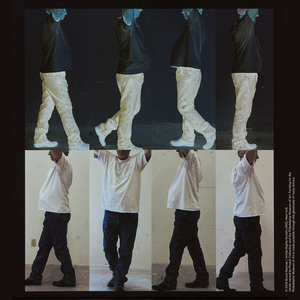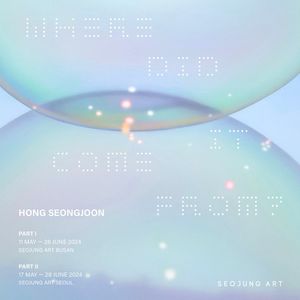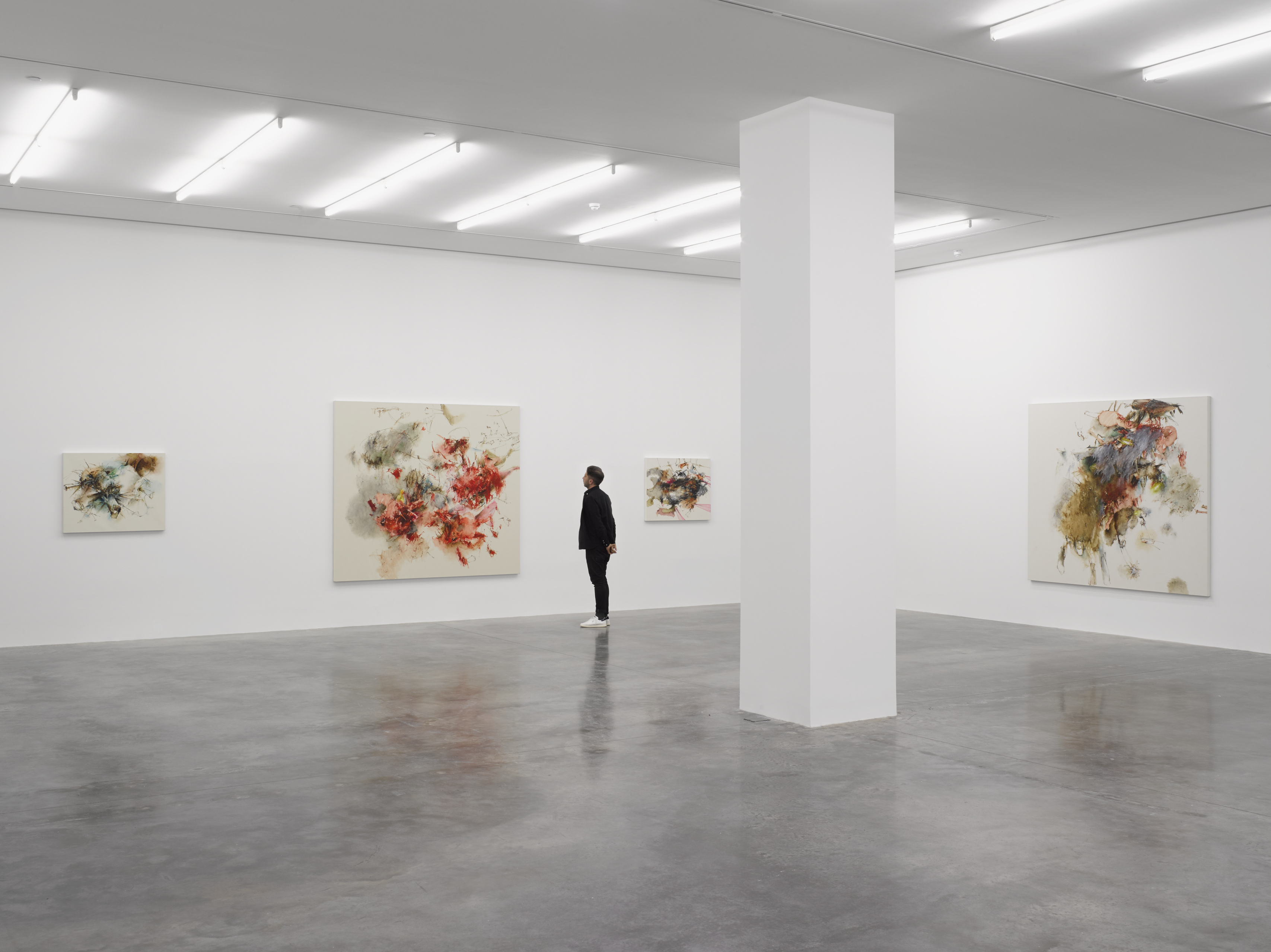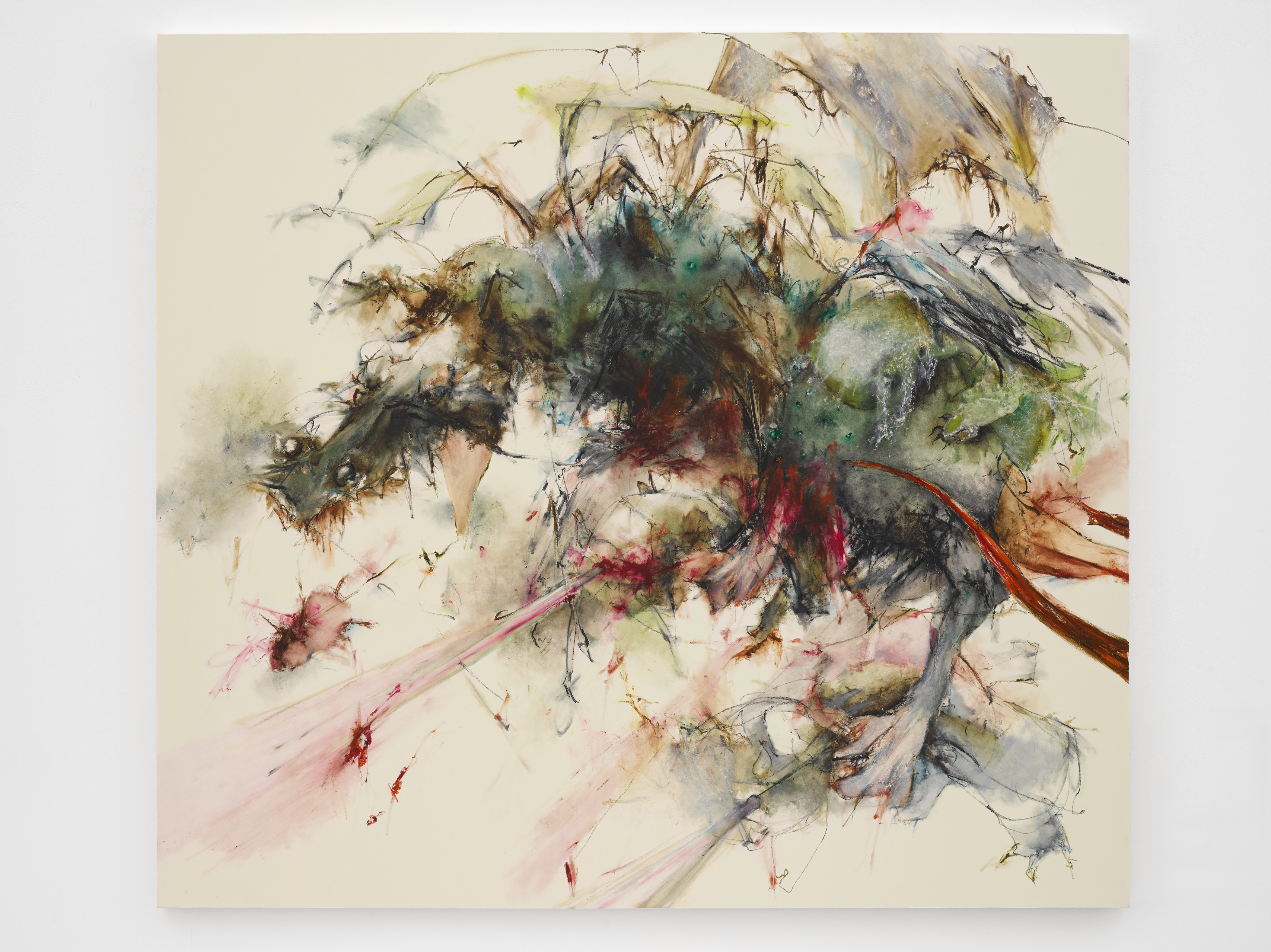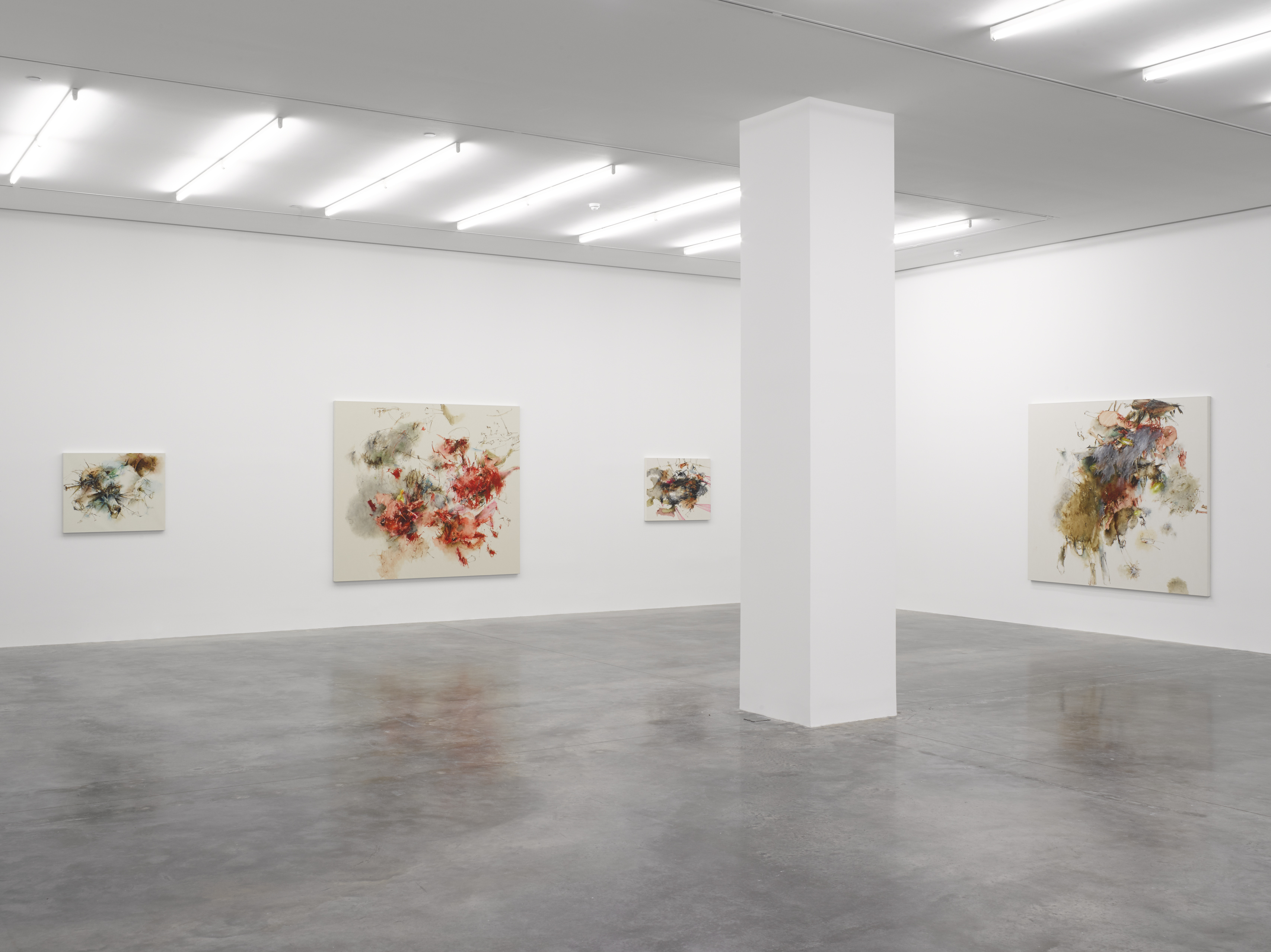Christine Ay Tjoe at White Cube Bermondsey, London
Earlier this year artist Christine Ay Tjoe was the subject of a solo exhibition at White Cube in Bermondsey in London (13 July–11 September 2016). Recognised in South East Asia as a leading female artist of her generation, it marked the first time the prominent international gallery has shown an Indonesian artist.
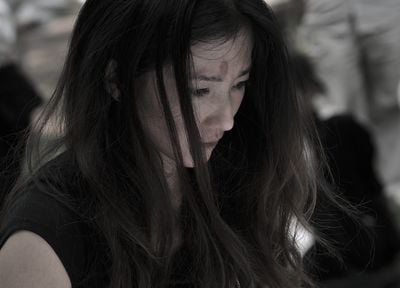
Christine Ay Tjoe. Image courtesy White Cube.
The exhibition followed on from her major retrospective at SongEun ArtSpace, Seoul in 2015, as well as participation in group shows at National Taiwan Museum of Fine Arts, Taichung; Singapore Art Museum (2012); Fondazione Claudio Buziol, Venice and Saatchi Gallery, London (2011); Shanghai Contemporary (2010); National Gallery, Jakarta (2009); Johnson Museum of Art, Cornell University, New York (2005) and the Beijing International Art Biennale, China National Museum of Fine Art (2003).
Part of the gallery's ongoing 'Inside the White Cube' series, Ay Tjoe showed ten paintings, including two large-scale diptychs, all new works and part of several series. The works reflect a process that sees oil bar applied both heavily in visceral swathes of colour—blood red and earth browns are prominent—and lightly in gentle diluted washes. The works are also characterised by the use of line; wavy, straight, delicate or forceful, reflecting Ay Tjoe's interest in drawing, her history as a graphic artist and her experimentation with dry point etching.
As much as each work's structure is created by what is built up on the canvas, they are equally the result of what is erased or diluted, or otherwise not applied at all. Often emanating out from the centre of the canvas there is a sense, in the application of thick paint and the scratching of lines, of a frenzied and emotional confrontation with life, but equally there are moments of stillness and an opportunity to be philosophical in the dilution of paint or in its total absence.
There are both built-up areas of paint in your work, and also delicate lines. Can you discuss the importance of drawing to your process of painting?
Drawing has become a very important part of my artistic process. To me, painting on a canvas is also like drawing, as well as graphic with dry point technique. I use oil bar as my media and use it the same way as I use pencil, crayon or needle when doing dry point.
You studied printmaking and graphic art at the Bandung Institute of Technology and graduated in 1997. In a previous interview, you mentioned taking some of the techniques of graphic art further in your paintings. Can you expand on this?
I felt restricted after a while, when working with the printing machine and paper. As my artistic practice evolved, I needed to work in a larger format and with more space. So I moved to canvas and oil to explore further my relationship with lines and colours. I get a great sense of satisfaction when I am pushing steel needles on the flat surface of a bronze plate to produce a lot of lines, and I wanted to continue using this technique with a different medium to achieve a different kind of result and attempt a different kind of challenge.
I understand you were influenced by German lithographer, printmaker, and illustrator Horst Janssen. Does he continue to influence you, and if so, how?
Until this day I only carry with me his spirit as an artist: to be courageous, bold and proud standing on my own feet.
Is there anyone else you would describe as influencing you?
The master Indonesian artist Sudjojono, who often stated with passion and deep understanding that honesty in an artist is very important; it brings one close to the Creator.
I understand you work on several paintings at once, and often the starting point for each work is the application of a single oil bar mark. When you make that first mark, do you have an idea of where you want to go?
Often times I already have a visualisation in my mind of my first initial lines using my oil bars. Sometimes I start with no visuals in mind, with just an idea and in this case, the first initial line will often need a lot more work to achieve what I want on the canvas.
The paintings seem to be as much about the marks as they are about the absence of marks. Can you discuss the seemingly empty or blank space on the canvas?
Strong, soft, thin or fragile lines which I converse with will speak a lot louder and feel more alive when placed inside an empty room.
In your work there are suggestions of figurative forms, but equally dramatic and intense areas of abstraction. Tell me about the figurative forms that do appear—what are they inspired by?
In this particular series I have used a lot of figurative characters which often resemble animals or creatures in order to reveal the potential of the inner evil within the human being, often characterised by greed. The images of such animals sit on the very ruin of mankind.
Do you see each composition as embodying a particular real narrative space?
Yes.
Why are the areas of abstraction important to you? Do you intend them to signify anything in particular?
Abstract work gives a lot of room for interpretation, and in this theme, I wanted to achieve the freedom in communication between the works and the audience. Abstraction allows for a larger and wider reference that may belong to each person experiencing the work.
You mentioned in a previous interview that your paintings are a way to take you more quickly 'to a point in the distance'. Can you expand on what you meant by this?
Working in art or as a painter has given me the opportunity and tools to bring forth any idea I may have. Often I would think of an ideal, or the ideally changing and through this I can move forward and further. I also imagine a set of staircases which are calling me to climb and to reach a very special destination.
Is working a way for you to understand yourself and the world we live in?
Yes.
To what extent are the works a critique of humanity?
I believe my work needs to be able to reach every kind of society. Especially the group of people who have the power over others in a huge scale. In this urban life, we still want to prioritise the ideal quality of human and the better quality of human, not worsen it.
Do you think about the audience when creating a work? Is there any particular reaction you would like to draw from a viewer?
I am only obsessed with the strong interaction which develops from the painting to the audience. So that in the process, some parts of the work will stay in their minds and emotions, and they will carry it with them, as a trigger to initiate new experiences within them.
Do you have a sense of where you would like to take your painting? Your practice?
I am very disciplined in making sure that I can work anywhere I am, with any kind of space, visualising in my mind that any wall can be removed. Because it is very important for me to have my freedom in practice. —[O]

